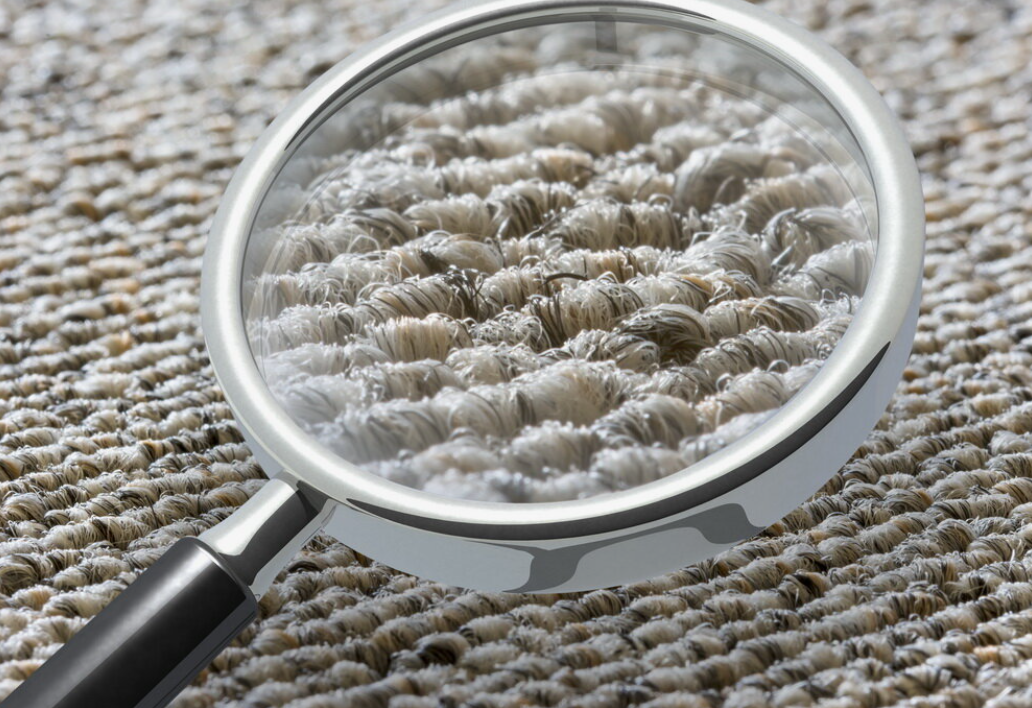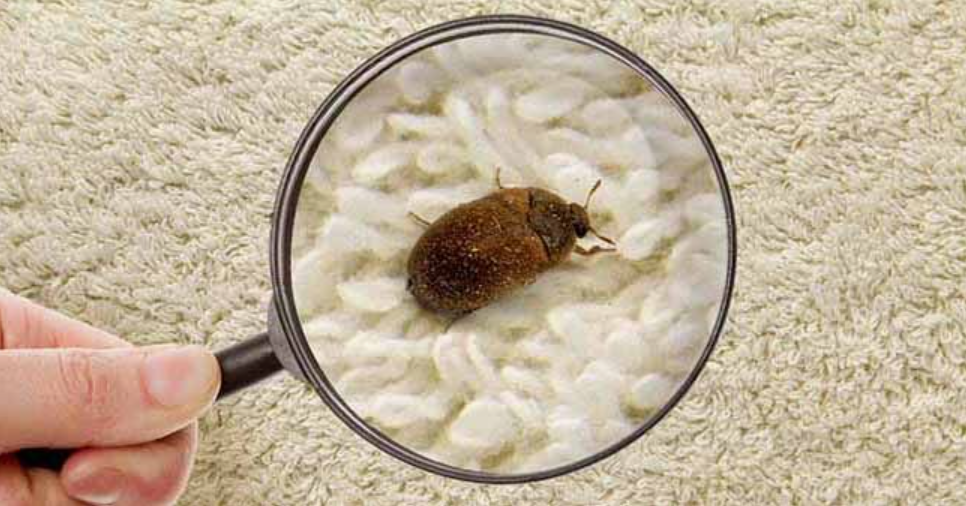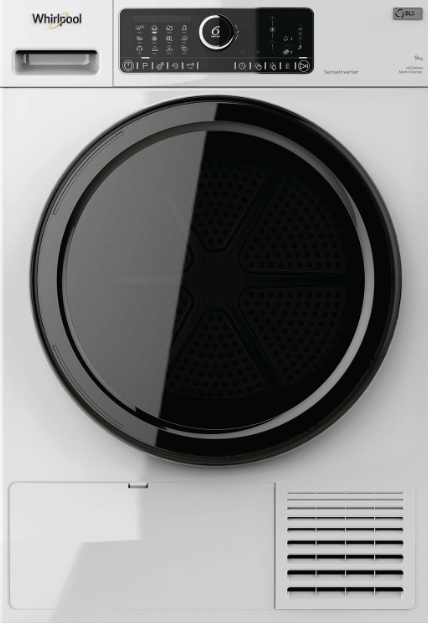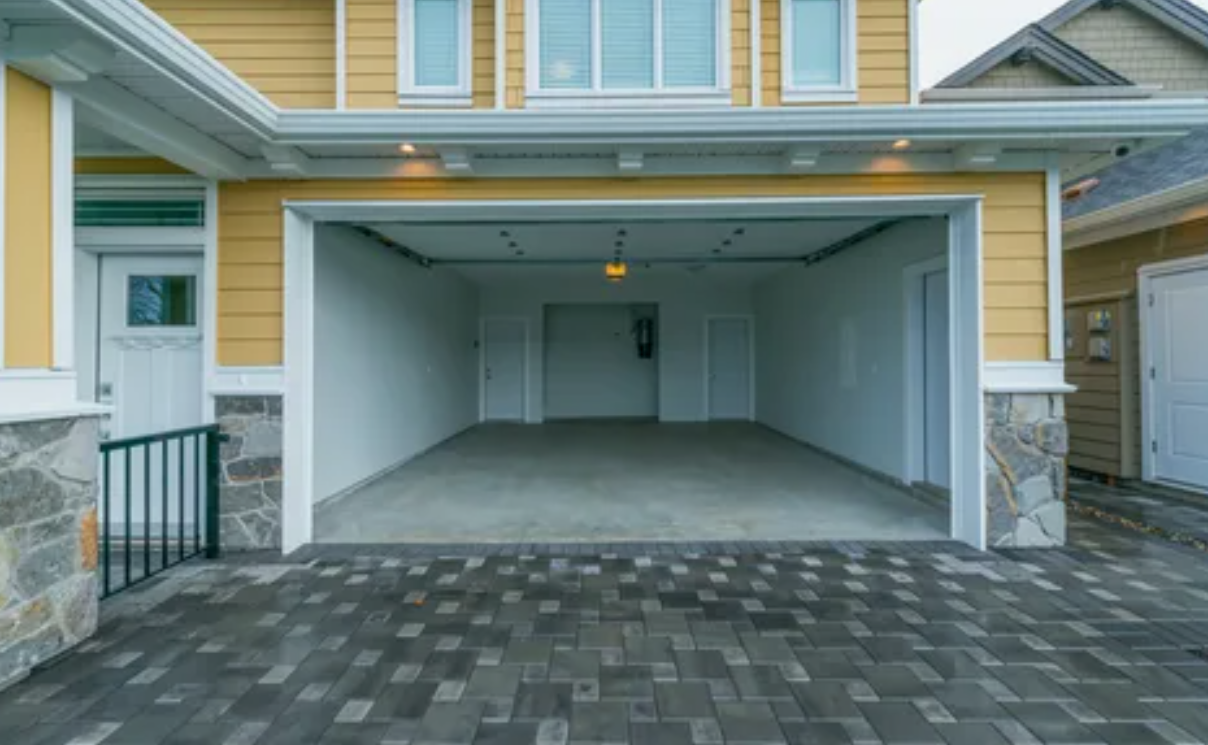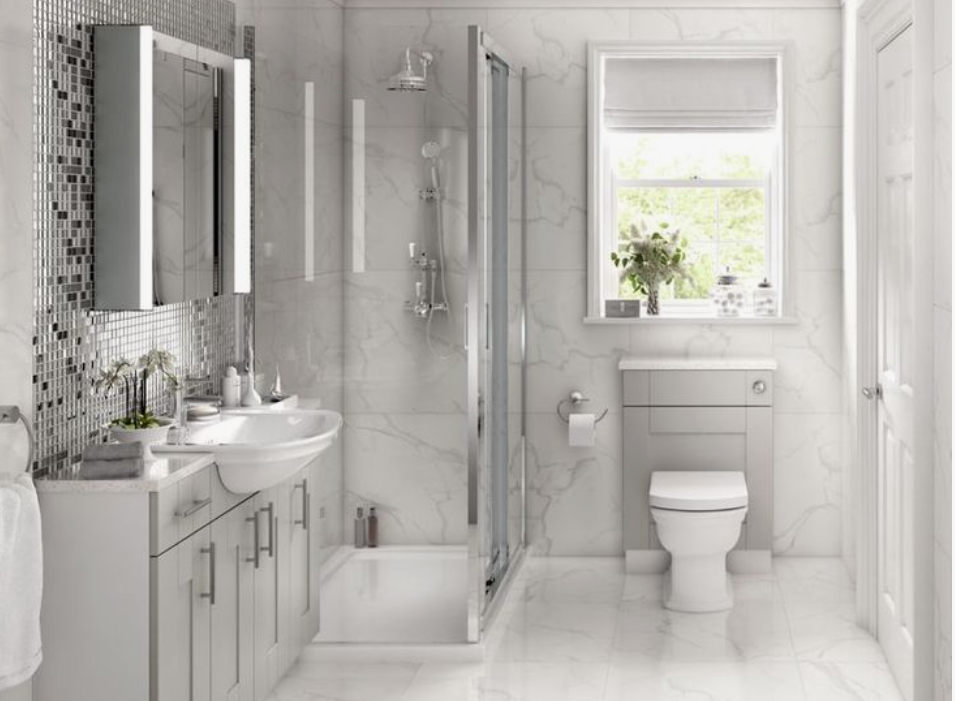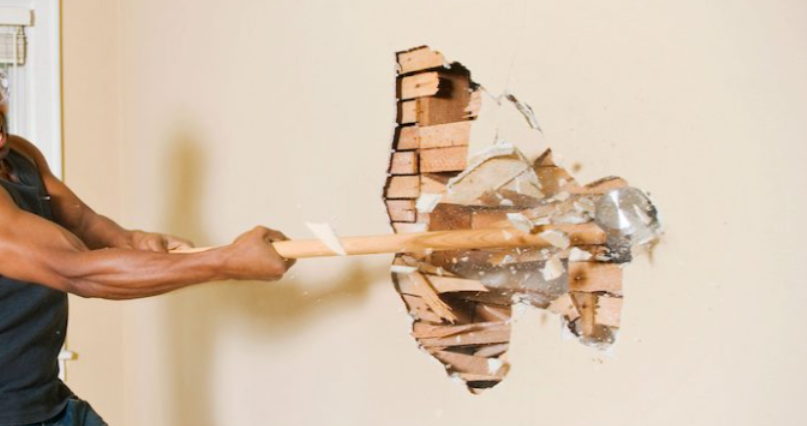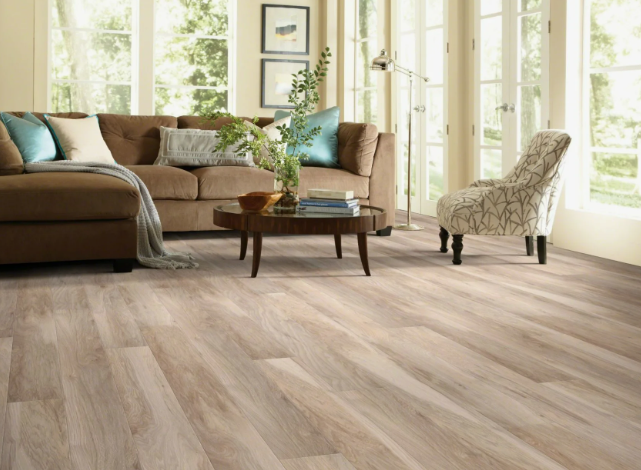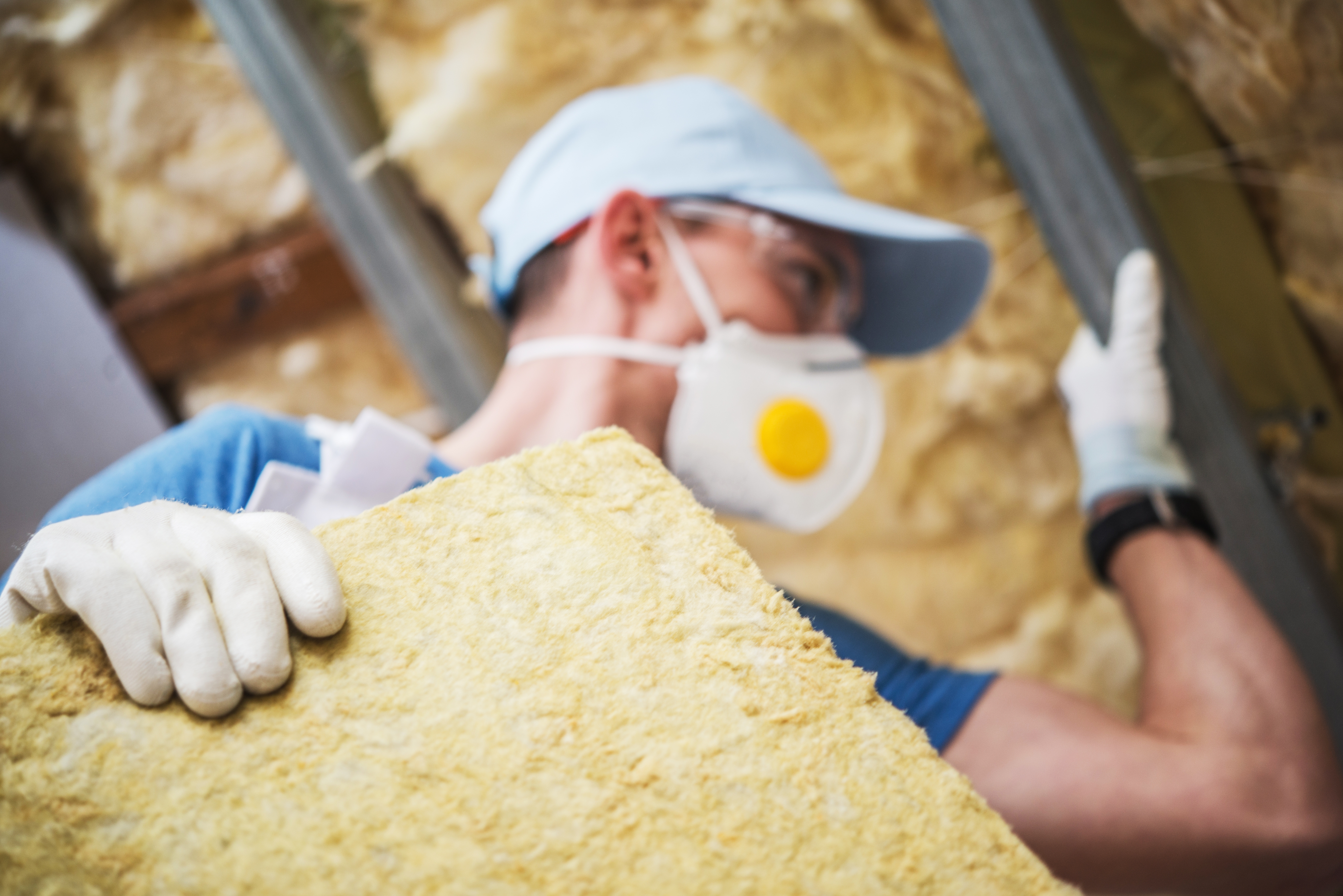
Do you also feel frustrated, like many people, because your home loses a lot of heat even when you have insulation in the walls? This could happen if there is not enough insulation in the attic. You must understand all the different types of insulation before you begin to plan for the insulation of your attic. This way, you will have an idea of which type of insulation is essential for your attic. Regardless of whether you choose a professional to install it or do it yourself, this blog aims to provide you with the necessary information about various types of loft insulation.
Types Of Loft Insulation
There are four main kinds of loft insulation: blanket, loose fill, and sheet, blown fibre. Blown fibre and sheet insulations are installed inside the interior of the roofs. Meanwhile, blankets and loose-fill types are placed on the ground section. Each of them is explained below in a detailed manner
Blanket Insulation
Floor insulation, called blanket insulation, is simple to put in an attic. It usually arrives in rolls or sheets that are quite thick, crafted from stuff like fibreglass, mineral wool, plastic strands, or wool from sheep. To put it in, you place the rolls that keep heat out between the beams on the floor and hold it all with a net. It is about £5 for each square metre, so this way insulation does not cost much. The biggest problem with blanket insulation is it does not work as well as other types of insulation, especially against harsh weather conditions. To reach the amount of warmth you want, you might need to put on multiple layers of this material which seems like a lot of hassle..
Loose-Fill Insulation
Loose fill insulation is made up of small particles that might be cork, mineral wool, or cellulose fibre. These tiny pieces are scattered between the beams under the floor and can be put by themselves or on top of insulation that's already there. Loose-fill insulation is quite affordable, costing about £20 to £30 for each square metre, and installing it does not require a lot of effort. However, a significant disadvantage is that, over time, it can become more compact, Because of the compression it loses its insulating properties over time which results in wasting your investment. It also starts absorbing water which can cause water and moisture damage to your property. The moisture damage may lead to dampness and mould. Therefore, it is essential to choose loose-fill insulation treated with solutions that prevent mould. So you cannot consider loose-fill insulation if you are looking for longevity. But when it comes to cost it can be a viable option as it is way cheaper than other insulation materials and does not require professional help for installation.
Sheet-Loft Insulation
Insulation sheets are like hard panels. They can be created from man-made stuff, for example, polystyrene, or natural materials such as mineral wool. You attach these panels to the inside top part of an attic using a kind of stretchy glue. The price is about £35 for each square metre, so it's among the more expensive kinds of loft insulation. A good thing about sheet insulation is that you can cut the sheets to fit perfectly into every small space on the roof of the loft. To do this the right way can be difficult and requires someone with professional skills. Sheet insulation is effective for moisture control, and those sheets that are made of expanded polystyrene work like a barrier against vapour, which prevents moisture from getting into the house.
Blown-Fibre Loft Insulation
Fibre insulation that is blown, which is also popularly known as blown-in insulation, is similar to spray foam because both are sprayed inside the top part of a loft. But what makes it different is what materials it comes from. For insulating with blown fibre, people use popular materials like fibreglass made from reused glass bits, mineral wool, which comes from stone or glass pieces, and cellulose, which is paper strands. Generally, when choosing materials for this insulation, fibreglass is more popular because it does not get moulded easily. Fibre that is blown in usually costs a bit less than insulation from spray foam, with prices between six and fifty pounds based on what it's made of. Since it comes from materials found in nature, this kind also tends to be better for the environment compared to artificial spray foam.
What Is the Most Efficient Type Of Loft Insulation?
If you think there is the most efficient type of lost insulation, you are mistaken. That is because all types of insulation are efficient in one way or another. The suitable type depends on how much money you are willing to spend, how your loft is arranged, and what you like. If the major reason for your insulation installation is trapping heat, then using spray foam or putting fibre that's been blown in are good choices because they stop heat from going out the best. But these ways cost a lot, and if you don't have much money to spend, maybe choosing less expensive types like rolls of insulation material or stuffing gaps with loose materials could be better for you. Both still keep the warmth well, although they might not seal as closely compared to other kinds of insulation. If your attic lacks suspended floors, you cannot put in blankets or loose-fill insulation as much as you want to. However, this does not imply that you must spend more money than needed on blown-fibre insulation. You can pick sheet insulation if you are on a budget. It is installed on the interior side of the roof and presents a cost-effective and efficient option.
What is the Best Insulation for a Loft Recommended by Insulation Experts?
Saying which insulation is "best" cannot be done because each kind we mentioned serves different purposes and uses. Your choice of insulation for the loft will mostly depend on how you plan to use that area. As well as any specific challenges to the dimensions of your loft pose. So make sure to take all the measurements precisely, and based on them, select the insulation material that seems the most viable. If you are unable to decide for yourself, you can also seek out professionals for consultation.
Conclusion
Considering all these types of insulation, you can choose the best options that suit your needs for energy efficiency and your preferences. The choice of contractor for your insulation installation is also one of the most crucial factors. It is important to get quotes from a lot of different contractors before you select one for yourself. This way, not only will you get an idea of the costs of services, but you will also be able to compare them with the costs of insulation and reach a proper assessment that will suit your budget. All in all, it is important to install insulation in your home, regardless of the type, because that is the best way you can enhance the energy efficiency of your home while keeping it comfortable all year.

About Author : Eagan Taylor
Hey! I'm Eagan Taylor, I'm a versatile writer with a passion for crafting engaging and thought-provoking content. With a broad range of interests and expertise in various subjects, I can write on multiple topics about local businesses.
